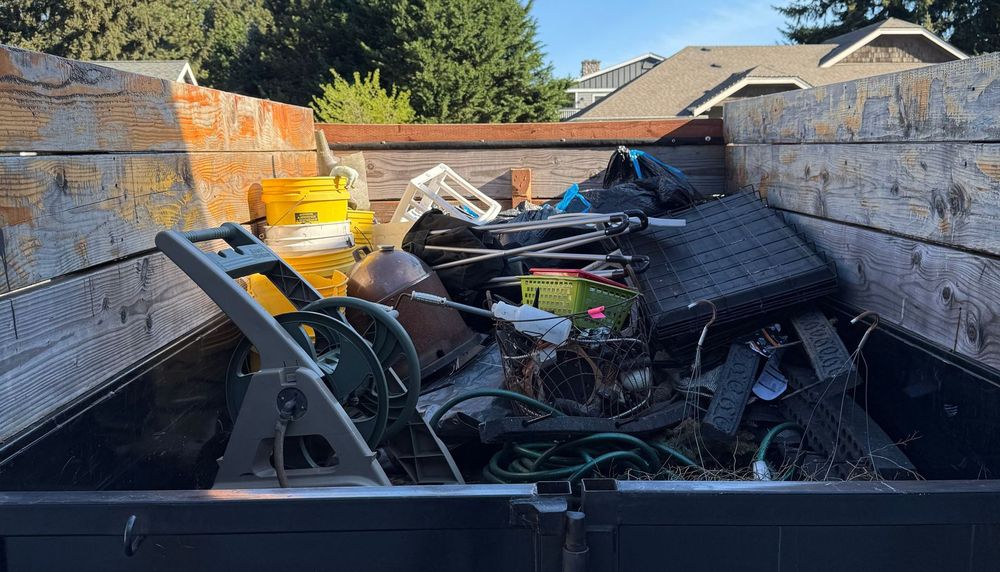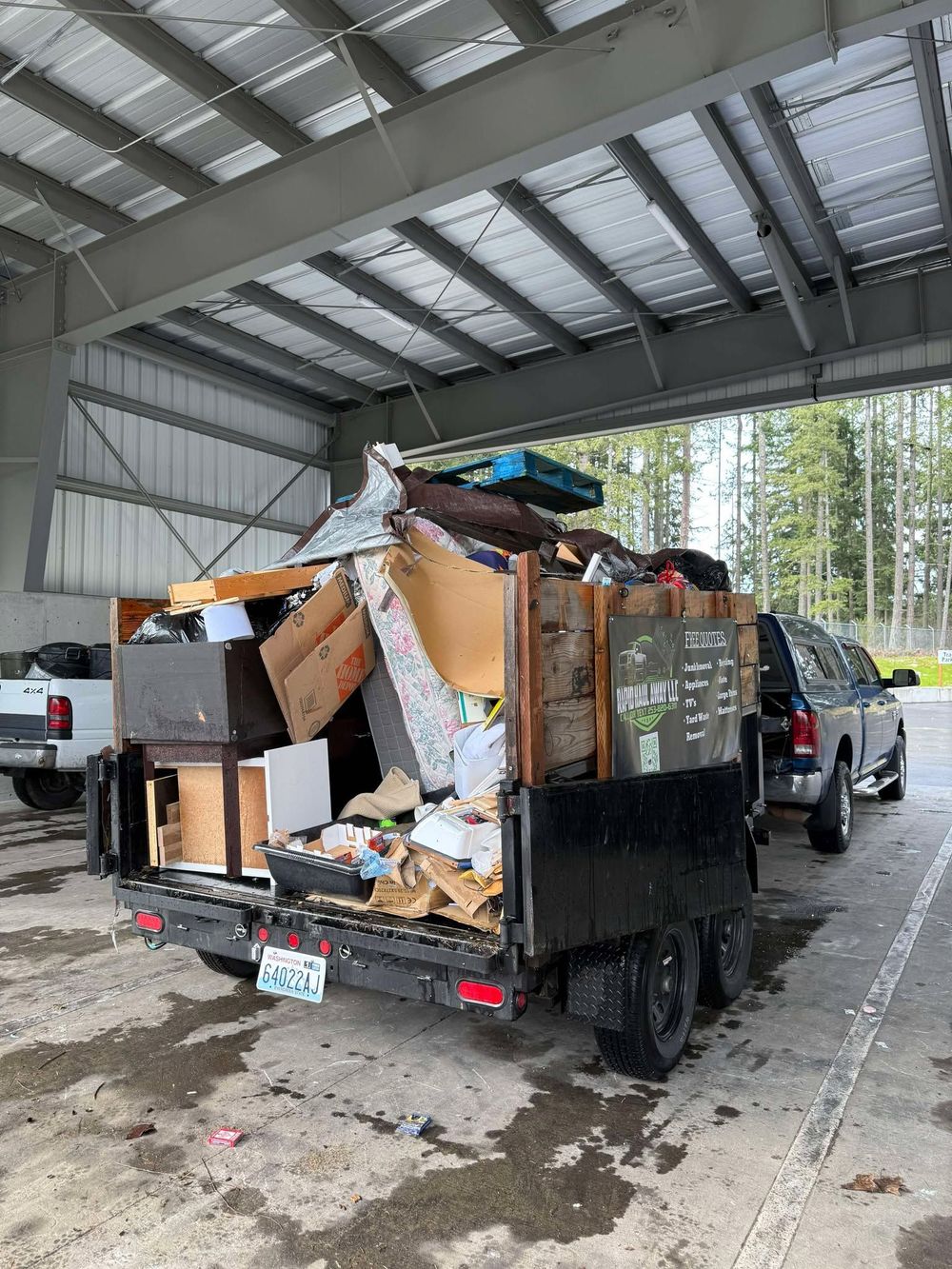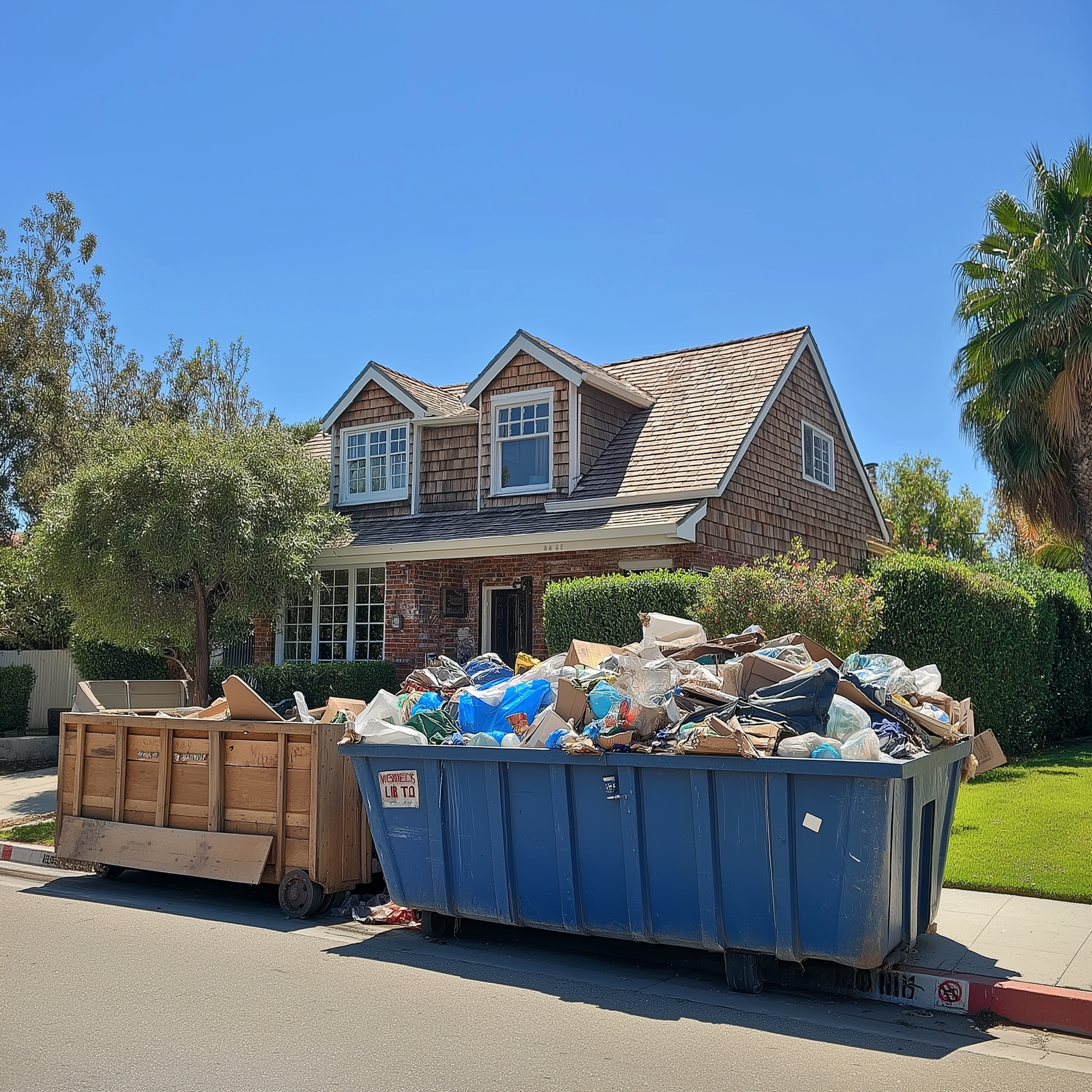Introduction
In a world overflowing with possessions, the quest for minimalism emerges as a refreshing breath of fresh air. Imagine a life where clutter doesn’t control your space or your mind—a life that celebrates simplicity, clarity, and intentionality. If you’re yearning for such a transformation, then A Beginner’s Guide to Minimalism: Starting with Junk Removal is just what you need.

This guide serves not just as a roadmap to decluttering your physical space but also as an exploration into the mindset of minimalism itself. With every junk item you remove, you'll be peeling back layers of distractions and embracing more meaningful experiences. So grab your trash bags, put on some motivational tunes, and let’s dive into the world of minimalism by starting with that mountain of junk!

Understanding Minimalism
What Is Minimalism?
Minimalism isn’t merely about throwing out items or reducing what you own; it’s a lifestyle choice driven by the philosophy that less is indeed more. It involves thoughtfully evaluating what adds value to your life and what doesn’t.
The Core Principles of Minimalism
Intentionality: Every item in your home should serve a purpose or bring joy. Simplicity: Streamlining your environment leads to clearer thinking. Mindfulness: Being present in the moment becomes easier when distractions are minimized.Why Choose Minimalism?
People gravitate toward minimalism for various reasons—some seek peace amidst chaos, while others aim for financial freedom or environmental sustainability.
A Beginner's Guide to Minimalism: Starting with Junk Removal
The Emotional Weight of Clutter
Before we kick off our junk removal journey, it’s vital to understand the emotional baggage that clutter often carries. In many cases, items can represent memories, relationships, or even unfulfilled aspirations.
Recognizing Clutter Types
Sentimental Clutter: Old toys or gifts from friends. Functional Clutter: Items that no longer serve their intended purpose. Aesthetic Clutter: Things kept for their beauty rather than utility.Preparing Mentally for Junk Removal
Get Into the Right Mindset
Start by visualizing how freeing it will feel to have a decluttered space. It'll not only give you room physically but also mentally.
Quick Tips:
- Set realistic goals. Break large tasks into manageable chunks. Offer yourself rewards for progress made.
Creating Your Junk Removal Plan
Assessing Your Space
Take inventory of each room in your home and identify areas that need immediate attention.
Checklist:
- Living Room Bedroom Kitchen Bathroom Garage/Storage Area
Setting Up Decluttering Zones
Create designated areas within each room for sorting items into categories like “Keep,” “Donate,” “Sell,” and “Trash.”
Suggested Zones:
- Keep Zone: Items you use regularly. Donate Zone: Items in good condition but not used recently. Sell Zone: Valuable items worth selling online or at local garage sales. Trash Zone: Broken or unusable items.
The Process of Junk Removal
Step One: Start Small
Begin with one area—perhaps a drawer or cabinet—to avoid feeling overwhelmed.
Step Two: The Four-Box Method
Label four boxes as Keep, Donate, Sell, and Trash. This method simplifies decision-making and keeps things organized.
Step Three: One Item at a Time
When faced appliance removal with an item, ask yourself questions like:

- Do I use this item regularly? Does this bring me joy? If the answer is "no," it’s time to let it go!
Overcoming Common Challenges in Junk Removal
Emotional Attachments
It can be tough parting with certain belongings due to nostalgia or sentimentality. Consider taking photos of cherished items before disposing of them to preserve memories without keeping physical clutter.
Decision Fatigue
With countless items vying for attention, decision fatigue can set in quickly. To combat this:
Limit sessions to 30 minutes. Take breaks between areas tackled.Junk Disposal Options
Recycling vs Trash
Understanding local waste management policies can help ensure responsible disposal practices:
| Item Type | Disposal Method | |----------------|---------------------------| | Electronics | E-Waste Recycling | | Furniture | Donation | | Clothes | Charity Shops | | General Waste | Regular Garbage Collection |
Local Donation Centers
Identify nearby organizations accepting donations—many love providing second chances for usable goods!
Maintaining Your Newly Decluttered Space
Routine Check-ins
Set aside time weekly or monthly to reassess spaces and ensure nothing new has crept back in.
Implementing 'One In-One Out' Rule
For every new item brought into the home, consider removing one existing item—this keeps clutter at bay!
Exploring Minimalist Living Beyond Junk Removal
Simplifying Your Digital Life
Just as physical decluttering is essential, so too is minimizing digital clutter—think email subscriptions and social media feeds! Unsubscribe from what no longer serves you.
Embracing Experiences Over Things
Consider spending money on experiences rather than material possessions—traveling, learning new skills, attending concerts—all contribute more richly than any object could!
FAQs About Minimalism and Junk Removal
1. What is minimalism?
Minimalism focuses on simplifying life by reducing unnecessary possessions while emphasizing quality over quantity.
2. How do I start my minimalist journey?
Begin by assessing your current belongings; tackle one area at a time while following organized sorting methods like the Four-Box Method mentioned above.
3. Can minimalism improve mental health?
Yes! Reducing clutter can lead to decreased stress levels and improved focus as you create an environment that fosters tranquility and mindfulness.
4. Is there an ideal number of belongings I should aim for?
There’s no magic number! Focus instead on keeping only what brings value and joy into your life rather than adhering strictly to numerical limits.
5. What should I do with sentimental items?
Consider taking photos instead if parting ways feels too challenging; this allows preservation without occupying physical space unnecessarily!
6. How often should I declutter my space?
Aim for regular maintenance checks every few months; however, listen to your intuition—if an area feels cluttered sooner than expected tackle it again!
Conclusion
Embarking on the journey towards minimalism may feel daunting initially; however—with patience and commitment—it blossoms junk removal services into something profoundly rewarding! By starting small through effective junk removal techniques outlined in " A Beginner's Guide to Minimalism: Starting with Junk Removal," you pave the way toward creating not just an organized home but also discovering newfound freedom within yourself! So why wait? Grab those bags today; adventure awaits beyond all that clutter!